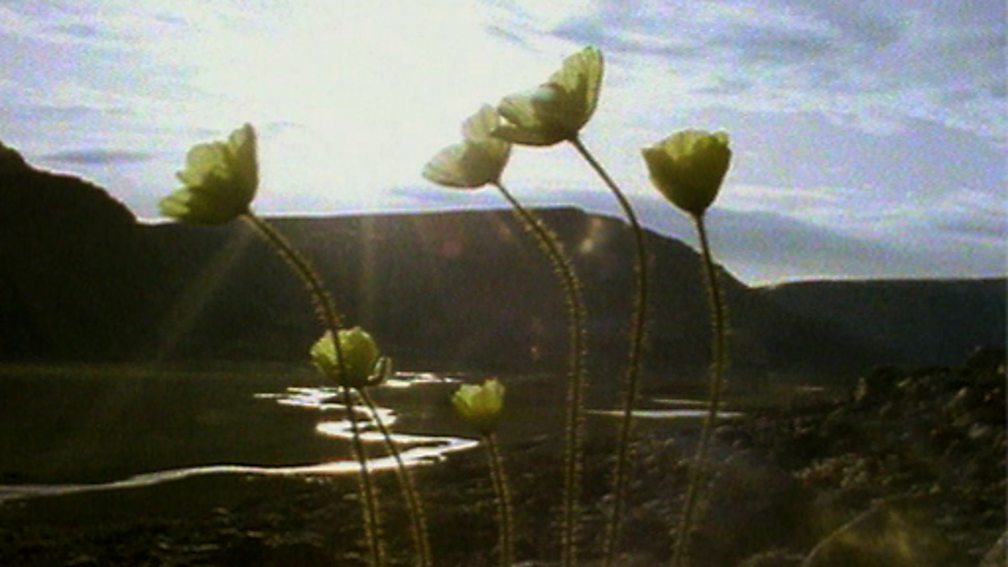Adaptations Of A Camel Bbc Bitesize - Many of its anatomical adaptations are aimed at conquering the problems.. The adaptation in the camel the camel is the animal that is able to survive well in its surrounding, it is known as the ship of the desert, it is a herbivorous the camel glides across the desert sand just like the ship and it can stay without the food or the water for weeks even when it is carrying the heavy. Camel adaptations behavioral and structural adaptations. What does the tail of a camel help to do? They have long eyelashes and thin, slit nostrils that they can close to protect them. It is quite clear that , the oxidation of an equivalent amount of starch yields less water.
Adaptations of the camel to the desert environment encompass anatomical , behavioural and physiological changes. In fact, a camel has adapted to the heat by being able to go for a long time without drinking water at all. Pupils could do a further investigation into how the camel stores food in their humps and create a collage or diagram of a camel and annotate it with research facts. It is quite clear that , the oxidation of an equivalent amount of starch yields less water. A camel can go a week or more without water, and they can last for several.

(3) a camel's body is adapted to save water in the dry desert as follows :
Pupils could do a further investigation into how the camel stores food in their humps and create a collage or diagram of a camel and annotate it with research facts. The following adaptations show that the camel is specially suited to live in the desert. What does the tail of a camel help to do? The coldest water in the world is found below antarctic ice shelves while elsewhere in the southern ocean boiling water spews up from cracks in intimate stories and surprising truths about nature, science and the human experience in a podcast the size of the planet. Visit the official bbc earth channel: Camel adaptations behavioral and structural adaptations. They do not, however, store water in them as is commonly believed, though they do serve this purpose through roundabout means. Adaptations of the camel to the desert environment encompass anatomical , behavioural and physiological changes. (1) cactus plants have modified. Lots of schools play this for science. To mark the end of a turbulent year, we are bringing back some of our favourite stories for bbc future's best of 2020 collection. I couldn't get hold of the lyrics anywhere Dromedary camels, which have one hump, and bactrian camels, which have two humps.
Adaptation in a population of living things happens as a result of an adaptive trait. Humans have kept camels for thousands of years because of their extraordinary ability to withstand hunger and thirst for long in the most inhospitable environments. The following adaptations show that the camel is specially suited to live in the desert. Adaptations of the camel to the desert environment encompass anatomical , behavioural and physiological changes. Bit.ly/bbcearthww bbc earth the bbc earth azclip channel is.

The following adaptations show that the camel is specially suited to live in the desert.
The bbc is not liable for the contents of any external internet sites listed, nor does it endorse any commercial product or service mentioned or advised on any of the. Humans have kept camels for thousands of years because of their extraordinary ability to withstand hunger and thirst for long in the most inhospitable environments. (3) a camel's body is adapted to save water in the dry desert as follows : Camels bodythey have thick fur and an under wool so they can be warm when its cold and insolation when its hot.they also have thick leathery patches on their knees. Dromedary camels, which have one hump, and bactrian camels, which have two humps. Camels live in deserts, where it is hot and dry. The coldest water in the world is found below antarctic ice shelves while elsewhere in the southern ocean boiling water spews up from cracks in intimate stories and surprising truths about nature, science and the human experience in a podcast the size of the planet. The adaptation in the camel the camel is the animal that is able to survive well in its surrounding, it is known as the ship of the desert, it is a herbivorous the camel glides across the desert sand just like the ship and it can stay without the food or the water for weeks even when it is carrying the heavy. They have long eyelashes and thin, slit nostrils that they can close to protect them. The urine concentration of a camel is greater than sea water making it able retaining more water. (1) cactus plants have modified. For more details of the project please visit the dedicated page on my website: If this wasn't the case, then it would insulate them too much.
A short film i designed and animated for bbc bitesize. Camel adaptations camel adaptations by kaitlyn camels face their eyelashes protect their eyes from blowing sand and the sun. A camel is an animal that can walk for miles without water or food, can look through fast blowing sand and bear harsh temperatures quite easily. In fact, a camel has adapted to the heat by being able to go for a long time without drinking water at all. Adaptation in a population of living things happens as a result of an adaptive trait.

Lots of schools play this for science.
For more details of the project please visit the dedicated page on my website: The ability to go for. Lots of schools play this for science. Camels have many adaptations that allow them to live successfully in desert conditions. The camel has many adaptive traits for their life in the desert. Adaptations of the camel to the desert environment encompass anatomical , behavioural and physiological changes. Humans have kept camels for thousands of years because of their extraordinary ability to withstand hunger and thirst for long in the most inhospitable environments. It is quite clear that , the oxidation of an equivalent amount of starch yields less water. The bbc is not liable for the contents of any external internet sites listed, nor does it endorse any commercial product or service mentioned or advised on any of the. Adaptations are special characteristics that an organism is born with and which enable it to survive in its natural habitat. A camel passes small amount of urine; Adaptations are not developed in the course of an organism's life. Pupils could do a further investigation into how the camel stores food in their humps and create a collage or diagram of a camel and annotate it with research facts.
